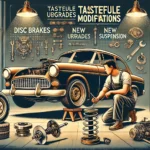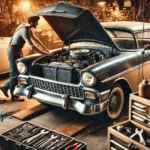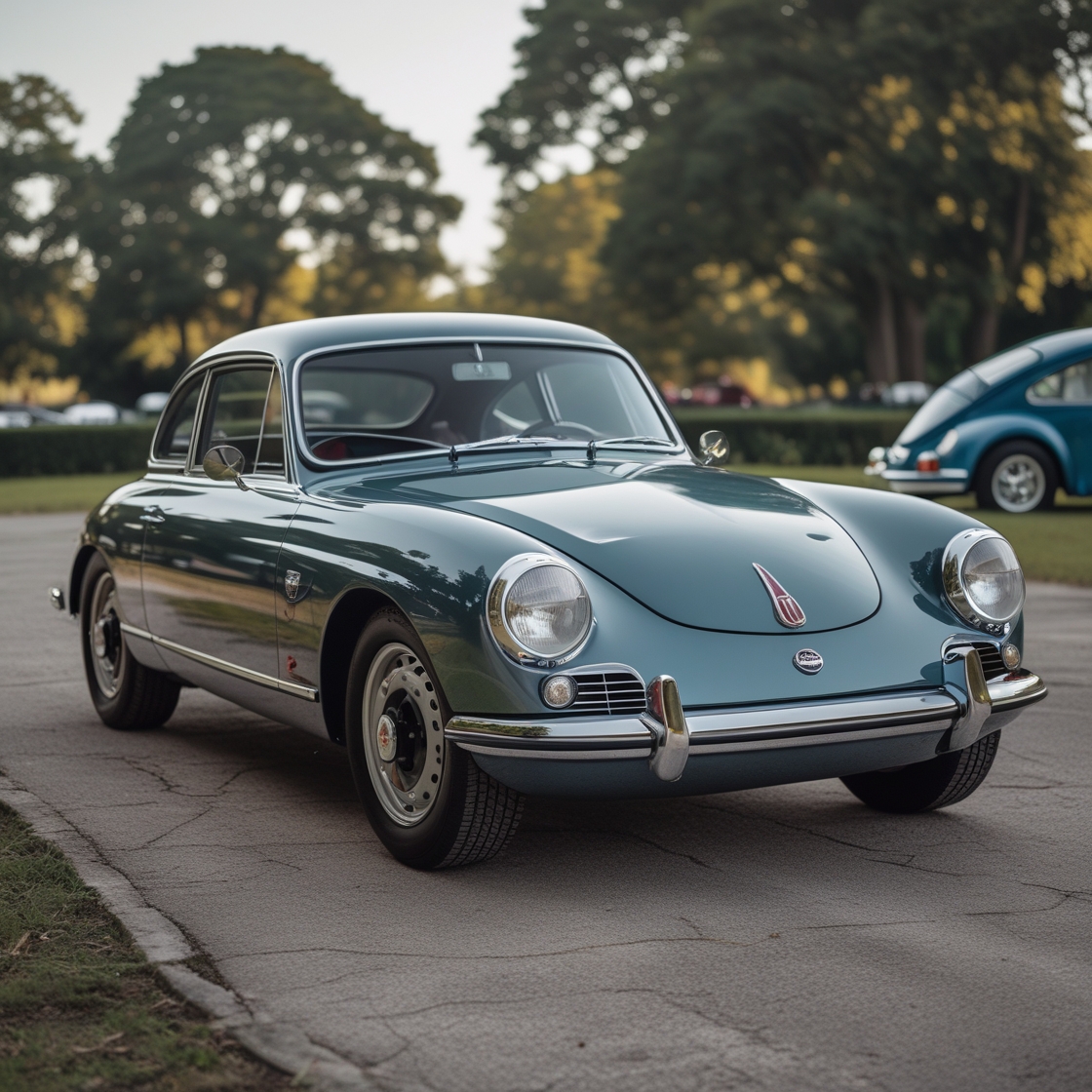If you own a classic car, insuring it properly is just as important as maintaining or restoring it. But did you know that traditional car insurance may not provide the protection your classic vehicle truly needs? Classic car insurance and regular car insurance are designed with different types of vehicles and usage in mind. In this article, we’ll break down the key differences, what each policy offers, and how to choose the right one for your vintage ride.
1. What Qualifies as a Classic Car?
Before diving into the insurance differences, it’s important to understand what insurers consider a “classic” car.
🚗 Typical Requirements for Classic Car Insurance:
- At least 15–25 years old, depending on the insurer
- In good or restored condition
- Not used as a daily driver
- Stored in a secure garage
- Driven occasionally (e.g., for shows, exhibitions, or leisure)
Pro Tip: Some policies also cover exotic, antique, muscle cars, and restomods under classic insurance if they meet specific criteria.
2. Key Differences: Classic Car Insurance vs. Regular Car Insurance
Here’s a side-by-side comparison of the two types of insurance:
| Feature | Classic Car Insurance | Regular Car Insurance |
|---|---|---|
| Usage | Limited (shows, leisure drives) | Daily commuting, general use |
| Valuation | Agreed Value (you and insurer agree on value) | Actual Cash Value (based on depreciation) |
| Premiums | Typically lower (due to less driving) | Typically higher (especially for newer cars) |
| Mileage Limit | Yes (usually 2,500–5,000 miles/year) | No mileage restrictions |
| Coverage for Modifications | Often included (if declared) | May require additional endorsement |
| Restoration Coverage | Often available | Rarely included |
| Storage Requirements | Must be stored securely (e.g., garage) | No specific requirements |
3. What Is “Agreed Value” and Why It Matters
One of the biggest advantages of classic car insurance is Agreed Value coverage.
📄 Agreed Value:
- You and the insurance company agree on your car’s value at the start of the policy.
- In case of total loss, you receive the full agreed amount, not a depreciated value.
💰 Why It’s Better:
- Classic cars appreciate in value, unlike modern cars that depreciate.
- You are protected for what the car is truly worth, especially if it’s rare or professionally restored.
Pro Tip: Make sure to update the agreed value if your car appreciates or undergoes significant restoration.
4. Coverage Options Specific to Classic Cars
Classic car policies are tailored to the needs of collectors and hobbyists.
🛠️ Common Features Include:
- Spare Parts Coverage: Replaces rare or custom parts damaged or stolen.
- Roadside Assistance for Classic Cars: Includes flatbed towing that avoids damage to vintage frames.
- Coverage During Restoration: Insures your vehicle even while it’s being worked on.
- Event Coverage: Protects your car during shows, parades, or exhibitions.
- Customized Equipment: Covers modifications like period-correct radios, aftermarket wheels, or engine swaps (if declared).
5. Limitations of Regular Car Insurance for Classic Cars
Using standard insurance for your classic vehicle can leave gaps in coverage.
⚠️ Risks Include:
- Low Payouts: Actual cash value won’t reflect the true market worth of your vintage car.
- Lack of Restoration Protection: Repairs and parts replacements may not be covered.
- High Premiums for Limited Use: You’re paying for full coverage even if you only drive it a few times a year.
Pro Tip: Some regular insurers offer “collector car add-ons,” but they rarely match the coverage and cost efficiency of dedicated classic policies.
6. Choosing the Right Classic Car Insurance Provider
Some insurance companies specialize in classic and collector vehicles, offering better service and understanding of vintage car values.
🏆 Top Classic Car Insurers:
- Hagerty
- Grundy
- American Collectors Insurance
- J.C. Taylor
- Safeco (with classic car policy options)
🧐 Questions to Ask When Choosing:
- Do you offer agreed value coverage?
- What’s the annual mileage limit?
- Do you cover cars under restoration?
- What documentation do I need to prove value?
- Is towing included in case of a breakdown?
7. Can I Use Classic Car Insurance for Daily Driving?
In short, no.
🚫 Why Not:
- Classic car policies are not meant for everyday use.
- Driving a classic regularly voids the terms of most classic insurance contracts.
- Daily driving increases wear, risk, and mileage, which affects the vehicle’s long-term value.
Alternative: If you want a vintage “daily driver,” speak with your insurer about a limited-use endorsement or consider a hybrid policy—though rates will likely be higher.
8. How to Get the Best Premium on Classic Car Insurance
Even though classic insurance is typically cheaper, there are ways to save even more.
💡 Tips to Lower Your Rates:
- Bundle Policies: With home or modern car insurance
- Limit Mileage: The less you drive, the less you pay
- Join a Car Club: Many insurers offer club member discounts
- Store Safely: Cars kept in secure garages qualify for lower premiums
- Maintain Good Driving Record: It impacts collector coverage, too
Final Thoughts
Classic car insurance and regular car insurance serve different purposes. If your vehicle is rare, restored, or a cherished collectible, it deserves coverage that reflects its true value. Classic car insurance offers the peace of mind, customization, and cost-effectiveness that vintage car owners need—while regular car insurance simply can’t provide the same level of protection.
Choosing the right policy ensures that your investment is protected not just financially, but historically and emotionally.








